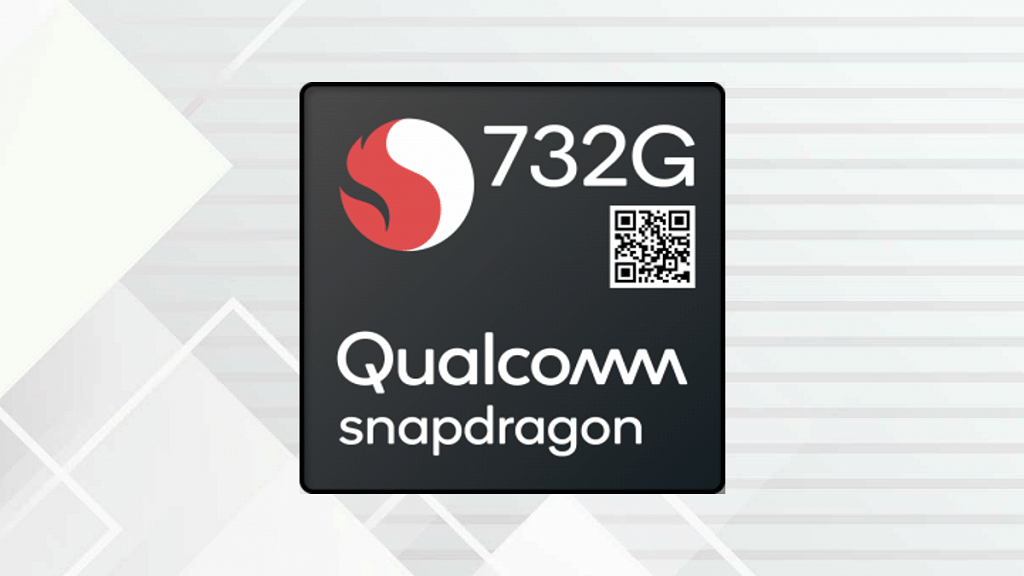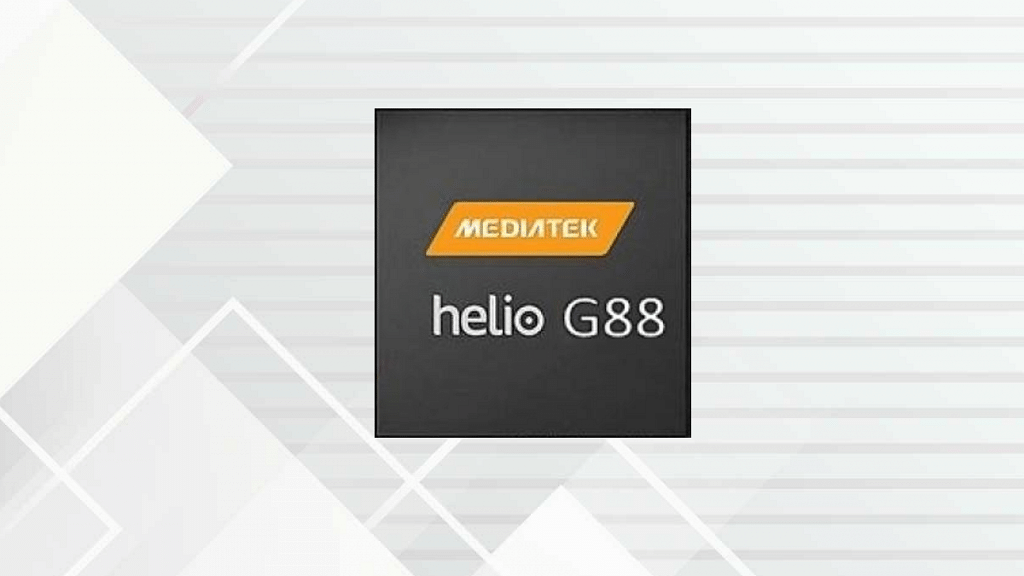Key Highlights
- Qualcomm Snapdragon 732G is fabricated using 8nm fabrication.
- MediaTek Helio G88 is fabricated using a thicker 12nm fabrication process.
- Both chipsets support LPDDR4X RAM.
Qualcomm has been designing some excellent chipsets for Android mobile phones. The brand has shown its expertise with budget as well as gaming processors that are empowering new-generation smartphones. A number of smartphone OEMs have been using chipsets from Qualcomm to power their handset. MediaTek is another player in this segment which has gaming as well as 5G range of mobile processors driving modern-day’s smartphones.
We have compared numerous Qualcomm Snapdragon and MediaTek Helio chipsets. In this article, we are doing a quick comparison between the Snapdragon 732G and the Helio G88 which are amongst the two most powerful mid-range gaming chipsets from Qualcomm and MediaTek respectively.
| Features | Snapdragon 732G | Helio G88 |
| CPU | octa-core | octa-core |
| GPU | Adreno 618 | Mali G57 |
| Memory | LPDDR4X | LPDDR4X |
| Storage | eMMC 5.1 and UFS 2. | eMMC 5.1 |
| Fabrication | 8nm | 12nm |
Also Read: Qualcomm Snapdragon 778G Vs MediaTek Helio G88 Chipset: Which Mid-Range Mobile Processor Wins?
Qualcomm Snapdragon 732G Vs MediaTek Helio G88 Chipset: CPU Architecture Performance

The Qualcomm Snapdragon 732G as mentioned above is a gaming chipset that is fabricated using an 8nm process. On the contrary, MediaTek has used a slightly thicker 12nm fabrication process to construct the Helio G88 processor. Both chipsets have an octa-core CPU cluster with the Snapdragon 732G packing two 2.3GHz Cortex-A76 cores and six 1.8GHz Cortex-A55 cores. On the other hand, the Helio G88 features two Cortex A75 cores clocked at 2GHz and six Cortex A-55 cores clocking at 1.8GHz.
The frequency range is higher with the Snapdragon 732G at 2300MHz, whereas, the Helio G88 has a lower 2000MHz frequency range. Overall, the Snapdragon 732G octa-core chipset has a better CPU performance compared to the Helio G88.
Also Read: Qualcomm Snapdragon 782G Vs Snapdragon 778G Chipset: Quick Comparison
Snapdragon 732G Vs Helio G88 Processor: GPU Performance
Speaking of the GPU performance and architecture, the Qualcomm Snapdragon 732G chipset features Adreno 618GPU. The graphics rendering capacity of this GPU is better and it can easily handle extensive graphics and games. The frequency range delivered by the Snapdragon 732G’s GPU is 810MHz which is possible with two execution and 128 shading units.
On the other hand, the MediaTek Helio G88 employs a Mali-G57 MC2 GPU which delivers around 1000MHz of GPU frequency with two execution and 32 shading units. The Qualcomm Snapdragon chipset has got an edge over the Helio chipset in terms of GPU.
Qualcomm Snapdragon 732G Vs Helio G88 SoC: Memory, Multimedia (ISP)

Moving on to the memory aspect, the Qualcomm Snapdragon 732G chipset has LPDDR4X RAM compatibility with around 1866MHz frequency range. The MediaTek Helio G88 chipset is also compatible with an LPDDR4X RAM and offers a 1800MHz frequency range. Both these chipsets can support a maximum memory capacity of around 8GB. The storage support is eMMC 5.1 and UFS 2.1 with the Snapdragon 732G and just an eMMC 5.1 with the Helio G88.
If we speak of multimedia compatibility, the max display resolution supported by the Qualcomm Snapdragon 732G is 1440 x 3360 pixels, and 1080 x 2520 pixels with the Helio G88. The camera resolution maximum offered by the SD 732G is 1 x 192MP and 2x 22MP.
Whereas, the Helio G88 has 1 x 64MP and 1 x 16MP maximum camera resolution compatibility. The video playback and recording are 4K@30fps and 4K@60fps respectively with the Snapdragon 732G processor. The MediaTek Helio G88 is capable of recording and playback 2K@30fps videos. The Snapdragon 732G is overall better in terms of performance.
Also Read: MediaTek Vs Snapdragon Vs Exynos Vs Tensor: See Here For The Difference
